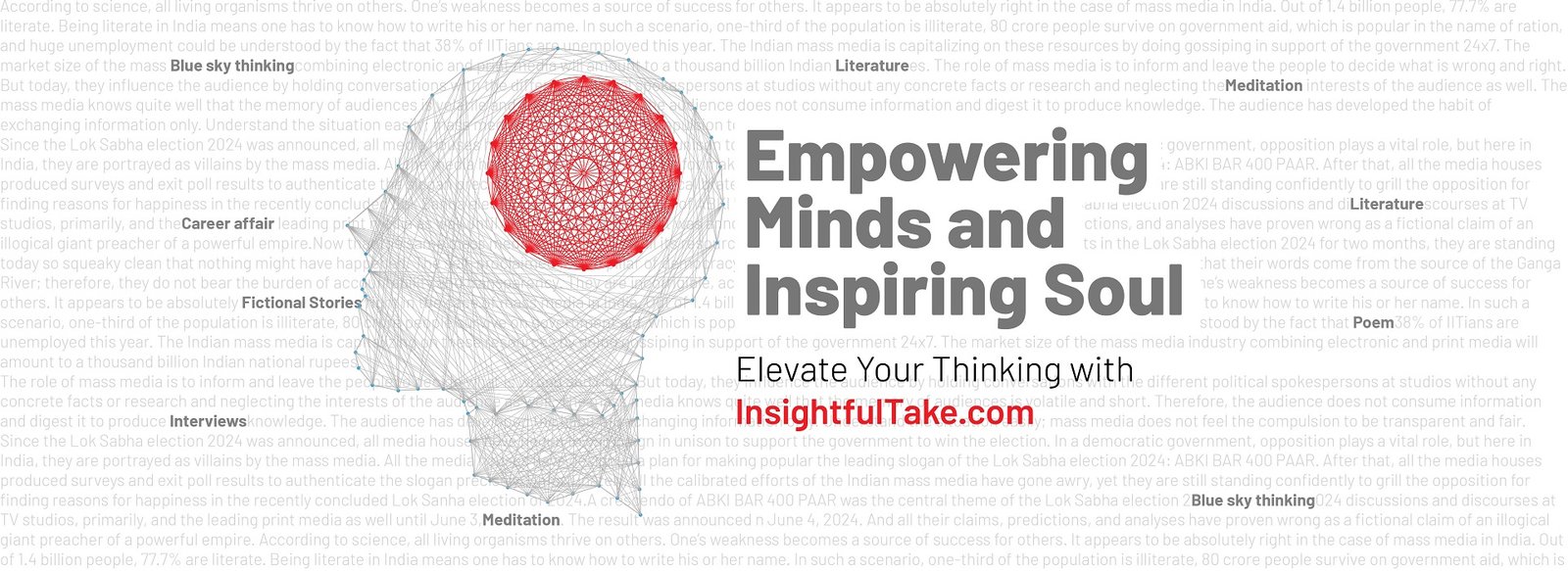
In a landmark decision, India's Supreme Court recently granted interim protection from arrest to YouTuber and podcaster Ranveer Allahbadia, known by his moniker BeerBiceps, following multiple First Information Reports (FIRs) filed against him for allegedly obscene remarks made during an online comedy show. While the court shielded Allahbadia from immediate detention, it also imposed a temporary ban on his content creation and urged the government to consider implementing an anti-obscenity law for digital platforms. This development has ignited a broader debate on the boundaries of free speech, the subjectivity of obscenity, and the potential implications of increased regulation on digital content creators.
The Incident and Judicial Response
Allahbadia's controversial comments were made during an appearance on the YouTube show "India's Got Latent," where his use of explicit language and provocative humor sparked public outrage. The backlash led to multiple police complaints in states such as Maharashtra and Assam, prompting Allahbadia to seek legal protection. In response, the Supreme Court described his remarks as "perverted," "dirty," and "disgusting," expressing concern over the lack of responsibility exhibited by digital content creators. The bench further questioned whether the government intended to address the proliferation of obscene content on platforms like YouTube, indicating a potential shift towards stricter content regulation.
The Challenge of Defining Obscenity
The court's call for an anti-obscenity law raises critical questions about the definition and enforcement of such regulations. Obscenity is inherently subjective, varying across cultural, social, and individual lines. Legal experts argue that existing laws, such as the Bharatiya Nyaya Sanhita (BNS) and the Information Technology Act, already encompass provisions to address speech that promotes hate, violence, or threatens national security. Introducing additional legislation specifically targeting obscenity could lead to arbitrary interpretations and potential misuse, stifling creative expression and infringing upon free speech rights.
Dr. Abhinav Chandrachud, representing Allahbadia, contended that the use of profanity does not necessarily equate to obscenity. He referenced the 2024 case of Apoorva Arora v. State, asserting that only remarks inciting lustful thoughts in a reasonable person might be considered obscene. The bench, however, emphasized the importance of maintaining societal standards of decency and questioned the parameters of vulgarity in a civilized society.
Implications for Digital Content Creators
The Supreme Court's remarks have sent ripples through India's burgeoning digital content community. Platforms like YouTube have democratized content creation, allowing individuals to reach vast audiences without traditional gatekeepers. However, the potential for increased regulation introduces uncertainty for creators who often navigate the fine line between edgy humor and offensive content.
Industry observers note that while protecting societal morals is essential, it's equally important to preserve the creative freedoms that have fuelled the digital content revolution. Overregulation could lead to self-censorship, diminishing the diversity of voices and perspectives that characterize the online space.
Balancing Free Speech and Regulation
The tension between free speech and regulation is not unique to India. Globally, governments grapple with moderating online content to protect public interest without encroaching on individual rights. In India, the Constitution guarantees freedom of speech, but this right is subject to reasonable restrictions. The challenge lies in delineating what constitutes a "reasonable" restriction, especially in the fluid and dynamic landscape of digital media.
Legal scholars caution against knee-jerk legislative responses to individual incidents. Instead, they advocate for a nuanced approach that considers context, intent, and the potential impact of the content. Engaging with stakeholders—including content creators, platform operators, legal experts, and the public—can lead to more balanced solutions that uphold free expression while addressing legitimate concerns about obscenity and public decency.
The Role of Platforms and Audiences
Beyond legal frameworks, platforms themselves play a crucial role in moderating content. Implementing robust community guidelines, age restrictions, and content warnings can help mitigate exposure to potentially offensive material. Moreover, audiences wield significant power through their viewing choices and feedback. Digital consumers can influence the type of content that thrives by supporting creators who align with their values and by voicing objections to material they find objectionable.
The Supreme Court's intervention in Ranveer Allahbadia's case underscores the complex interplay between free speech, societal norms, and the evolving digital landscape. While the intent to curb genuinely harmful content is commendable, any move towards increased regulation must be carefully calibrated to avoid unintended consequences that could stifle creativity and open discourse. As India navigates this delicate balance, it must ensure that the solutions uphold the democratic principles of free expression while respecting the diverse sensibilities of its populace.

